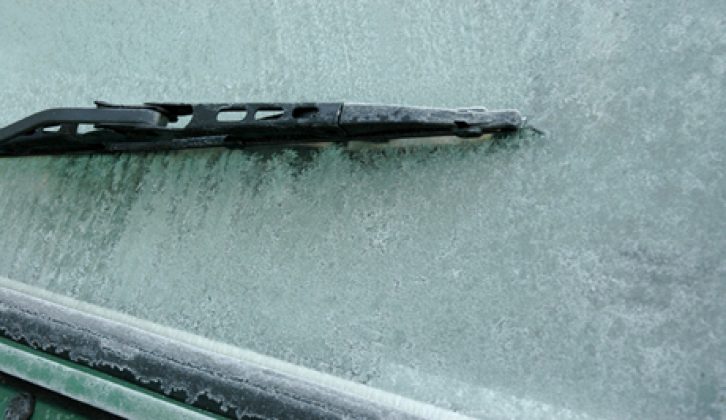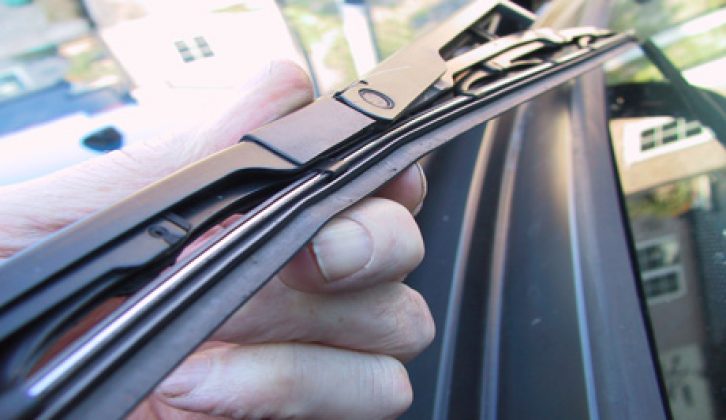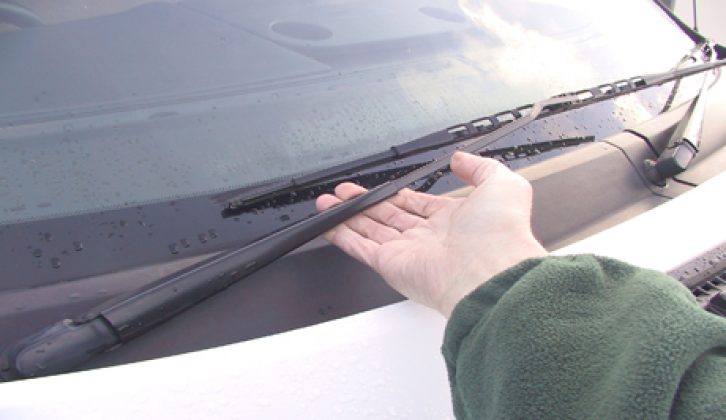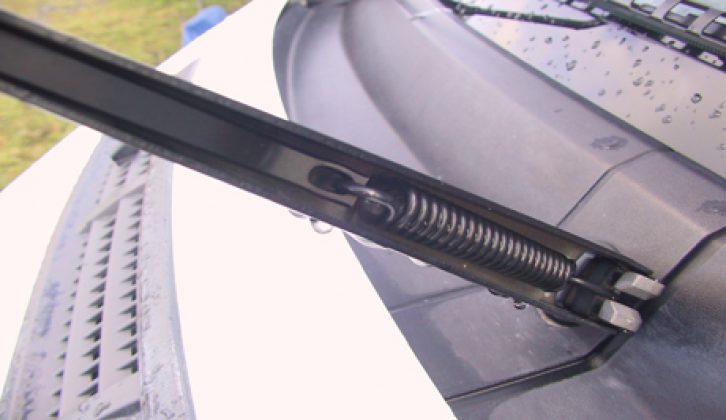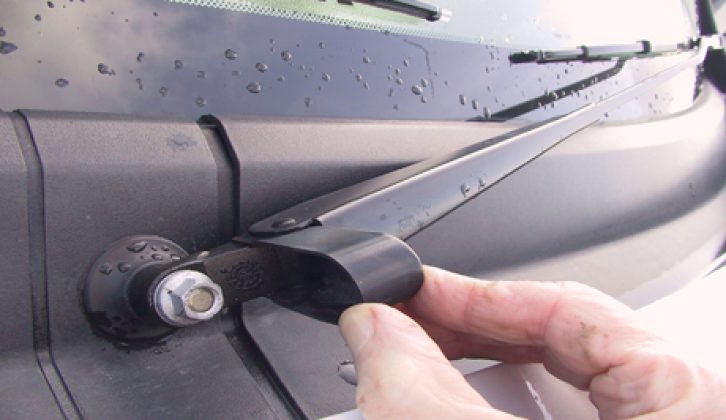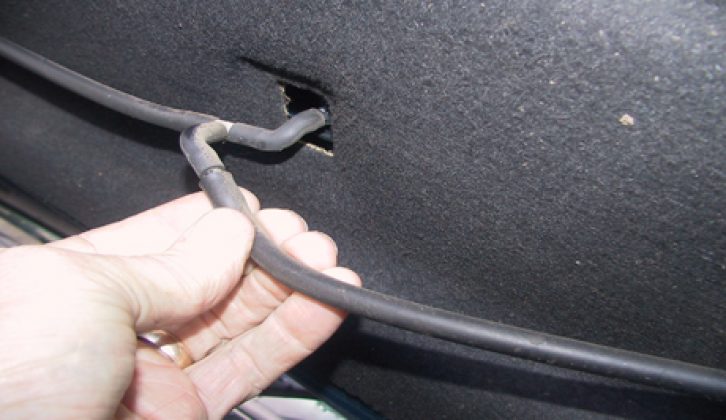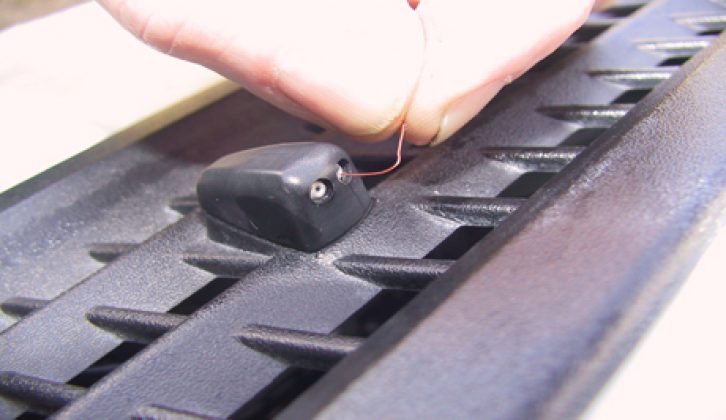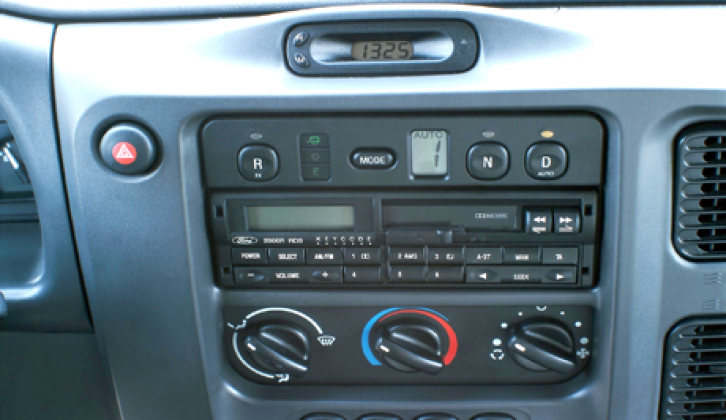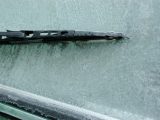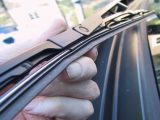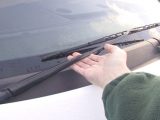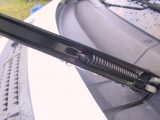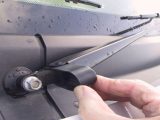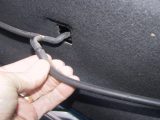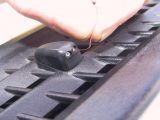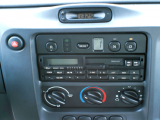It’s easy to take screen wipers and washers for granted because they always switch on when they’re needed and, provided there’s some screen wash in the reservoir bottle, they’ll clear the screen, eventually.
For safety’s sake, and especially during winter conditions of heavy road spray and ice, we need them to work instantly and with complete efficiency.
At motorway speeds, half a second’s delay while the screen wash gets through or a tired wiper takes an extra sweep to do it’s job, can be the difference between avoiding an incident and disaster. Given a spare fifteen minutes, we can easily make our own checks on every component to ensure the screen is cleared quickly, every time.
Wiper care
Wiper blades need frequent replacement, more so during winter when salt and grit abrades them more rapidly. Lift the blade from the screen to check the working edge of the rubber blade. It should be clean and smooth, free of tears and rough edges. Check the ends of the rubber for signs of developing splits. Any of these defects mean the blade needs to be replaced.
[tl:gallery index=1 size=460×277]
Check the full length, and the tips, of the wiper blade. It should be supple but firm, and free of cuts and rough edges.
Even a good blade will not clear the screen if it’s not firmly held against the glass. Lift the wiper arm to feel the spring tension holding it against the screen. If it feels weak compared to others, or there’s no pressure, you’ll need a new wiper arm.
[tl:gallery index=2 size=460×277]
Lift the wiper arm from the screen to check there is good spring pressure holding it firmly against the glass.
[tl:gallery index=3 size=460×277]
It the arm feels limp, this spring inside the arm may be broken, in which case a new arm is needed.
While driving in rain, notice whether the wipers oscillate smoothly, or whether they knock or bang as they reach the end of the screen. If so, the wiper mechanism may be worn, or the wiper arms may be loose. If so, they need fixing before the damage worsens.
[tl:gallery index=4 size=460×277]
Lift the cowl at the end of the wiper arm to reveal the single nut holding it to the spindle. If wiper movement is sloppy, the nut may be loose or components may be wearing.
Washer maintenance
Don’t wait until the washer bottle has run dry before topping it up. Starting the wipers on a partially wet or gritty screen quickly wears and tears the blades. It’s always best to apply the wash when first using the wipers, so that abrasive dirt is swilled away on the first sweep. Often, a dirty screen will be smeared if the wipers at switched on without fluid, causing a significant loss of vision that can be dangerous at high speed and in pedestrian areas.
Check the washer bottle frequently, and if you notice the level dropping when it hasn’t been used, look for leakage. Maintain a strong solution of screen wash – it’ll clear dirt more quickly and prevent the fluid from freezing. Low strength fluid can freeze in the washer bottle, causing it to split, but even if it reaches the washer nozzles, the jet can freeze when it passes through the cold air to the windscreen. This effect is magnified by wind chill at high speeds, and can cause a glaze of ice to instantly obscure the screen as the wipers drag it across.
Occasionally check the plastic pipes between the washer bottle and the jet nozzles. Look for signs of chafing against clips and bodywork, and ensure bends are kept smooth and free of kinks.
[tl:gallery index=5]
Plastic pipes carrying the washer fluid should be checked to see they are secure, free of kinks, and cannot chafe against engine and body parts.
Generally, the jet nozzles should be aimed at slightly above mid screen height when the vehicle is stationary. After adjusting them, check the aim while driving at speed – the fast airflow will lower the spray direction, so ensure that each wiper receives water in the correct place to sweep it across the screen.
[tl:gallery index=6 size=460×277]
Most screen washer nozzles can to be adjusted for aim using a bent pin to lever the jet. Keep the rear screen system efficient too.
De-misting
Moisture can be a problem inside the vehicle where it collects on the dust and dirt film that covers the window and screen glass, causing misting. Regular glass cleaning will help prevent this. Use water with just a drop of washing up liquid, and buff off when dry.
If the screen begins to mist in wet conditions, despite switching the air blowers to the screen vents, switch on the air conditioning. This dries the incoming air so there is less moisture to condense. Turn up the cab temperature to receive warm, dry, air conditioned air.
[tl:gallery index=7 size=460×277]
For clear screens, internal systems need to work efficiently. Check the fan speeds, flow directions, air vents and air conditioning work correctly.
SAFETY TIPS
Carry a spare set of wiper blades
Keep an ice scraper handy, and two de-icing aerosols – they always empty before the screen is fully cleared
Check washer fluid level frequently and top up with a strong solution of screen wash
Carry spare screenwash pre-mixed to the correct proportions
Use the air conditioning to help demist interior window glass and screen
Keep a screen wipe in the cab in case the demisting fails

Never switch the wipers on when ice and frost are on the screen. Apply de-icer, then lift the wiper clear of the screen when thawed, then de-ice and/or scrape the screen clear.
